Modeling
Group PI: Scott Doney
The PAL site and its data offer a unique context for building, testing and applying numerical models of marine ecosystem dynamics spanning a wide range of trophic interactions and in a region of substantial natural and anthropogenic climate change. It also provides an important end-member for comparison with other marine ecosystems. The modeling and synthesis component helps integrate the individual field and remote sensing observational efforts, quantifies mechanisms, and develops future
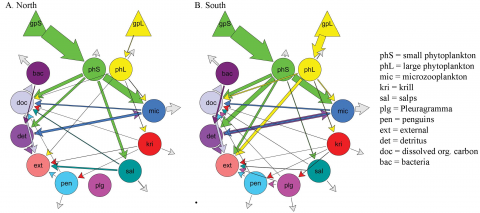
projections for the response of the WAP ecosystem to climate change. The biological-chemical- physical modeling component will involve a combination of three complementary research tools, pursued in parallel: forward and inverse box models, a generalized vertical 1-D modeling framework and a 3-D regional ocean general circulation model. The box models and 1-D model will be used for data analysis, development of new model components and exploration of specific hypotheses. The 3-D work will build from lessons learned in 0-D and 1-D and will be used to interpret and provide a spatial-temporal context for the field observations and to examine biological-physical signals arising from natural climate variability and climate change.
Team Members
Recent Articles
- Stack, M. (2023, April 30). Assessing the Influence of Storms on Sea Ice, Snow, and Adélie Penguins along the West Antarctic Peninsula. University of Virginia. https://doi.org/10.18130/H7NS-2Q98
- Fennel, K., Mattern, J. P., Doney, S. C., Bopp, L., Moore, A. M., Wang, B., & Yu, L. (2022). Ocean biogeochemical modelling. Nature Reviews Methods Primers, 2(1), 76. https://doi.org/10.1038/s43586-022-00154-2
- Boyd, P. W., Doney, S. C., Eggins, S., Ellwood, M. J., Fourquez, M., Nunn, B. L., et al. (2022). Transitioning global change experiments on Southern Ocean phytoplankton from lab to field settings: Insights and challenges. Limnology and Oceanography, lno.12175. https://doi.org/10.1002/lno.12175
- Kim, H. H., Luo, Y.-W., Ducklow, H. W., Schofield, O. M., Steinberg, D. K., & Doney, S. C. (2021). WAP-1D-VAR v1.0: development and evaluation of a one-dimensional variational data assimilation model for the marine ecosystem along the West Antarctic Peninsula. Geoscientific Model Development, 14(8), 4939–4975. https://doi.org/10.5194/gmd-14-4939-2021
- Zaiss, J., Boyd, P. W., Doney, S. C., Havenhand, J. N., & Levine, N. M. (2021). Impact of Lagrangian Sea Surface Temperature Variability on Southern Ocean Phytoplankton Community Growth Rates. Global Biogeochemical Cycles, 35(8). https://doi.org/10.1029/2020GB006880
- Yang, B., Shadwick, E. H., Schultz, C., & Doney, S. C. (2021). Annual Mixed Layer Carbon Budget for the West Antarctic Peninsula Continental Shelf: Insights From Year‐Round Mooring Measurements. Journal of Geophysical Research: Oceans, 126(4). https://doi.org/10.1029/2020JC016920
- Schultz, C., Doney, S. C., Hauck, J., Kavanaugh, M. T., & Schofield, O. (2021). Modeling Phytoplankton Blooms and Inorganic Carbon Responses to Sea‐Ice Variability in the West Antarctic Peninsula. Journal of Geophysical Research: Biogeosciences, 126(4). https://doi.org/10.1029/2020JG006227
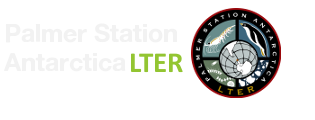
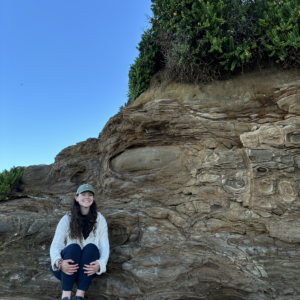



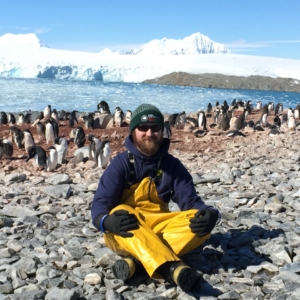
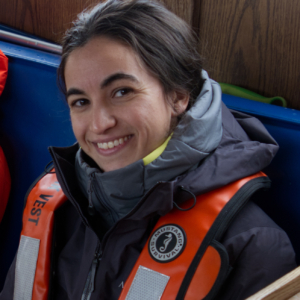


 This site was developed with the support of the National Science Foundation under Grant No. OPP-2224611 and OPP-2026045. Any opinions, findings, and conclusions or recommendations expressed in this material are those of the authors and do not necessarily reflect the views of the National Science Foundation.
This site was developed with the support of the National Science Foundation under Grant No. OPP-2224611 and OPP-2026045. Any opinions, findings, and conclusions or recommendations expressed in this material are those of the authors and do not necessarily reflect the views of the National Science Foundation.